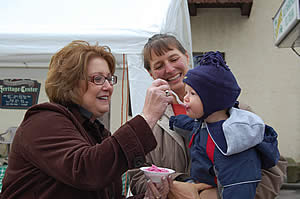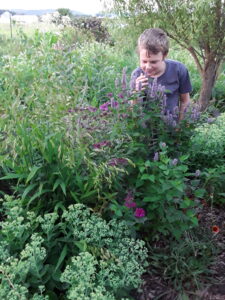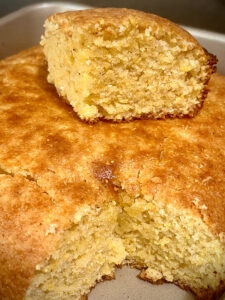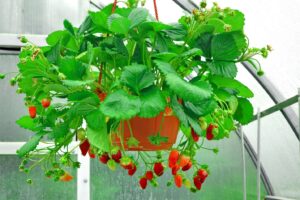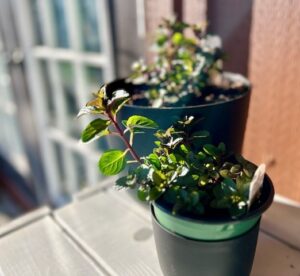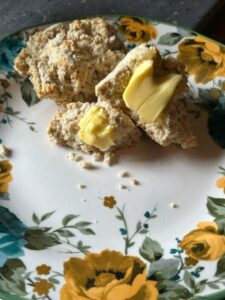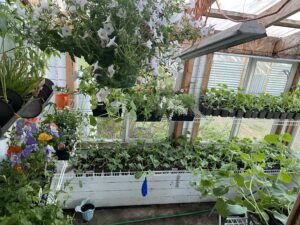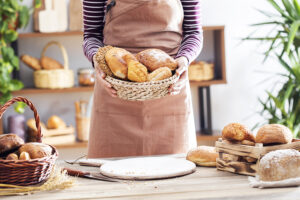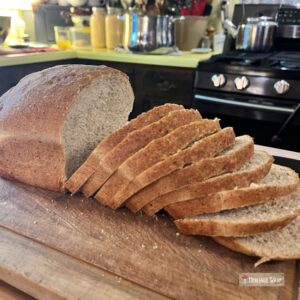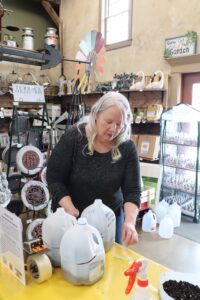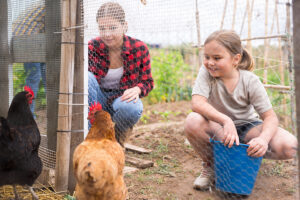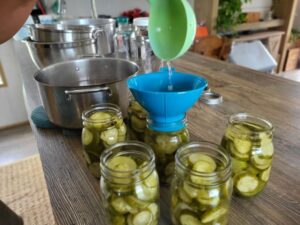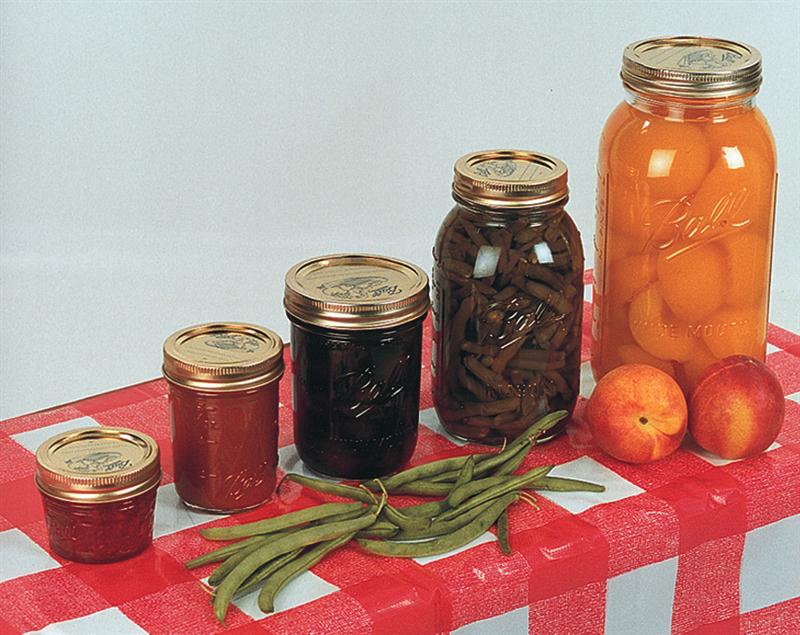
Last summer, some visiting friends arrived toting a mysterious bundle. It turned out to contain a jar of kombucha, a fermented tea beverage. The fizzy, slightly vinegary flavor was surprising at first, but quickly grew on us. By the time our friends left, we had a jar of our own brewing on the counter.
Kombucha originated in China over 2000 years ago but has only recently become trendy in the U.S. It is said to detoxify the body, help with digestion and energy and provide probiotics, although the scientific evidence is sketchy. Excessive consumption is not recommended because of high acidity and the potential of detoxifying too quickly. It is also not recommended during pregnancy.
Give It A Try Over The Long Weekend
Kombucha commands high prices at the health food store, but can be made on your kitchen counter for a fraction of the cost. To get started, you need to acquire a SCOBY (symbiotic colony of bacteria and yeast), which is much like a vinegar “mother.”
You can find sources online, but it’s cheaper to find someone who is ready to divide theirs. Your local health food or organic food store may be able to give you some leads there.
The colony grows like a slippery mushroom at the top of the jar, thickening with every batch you make. Every few weeks, the bottom layer can be peeled off to start a new jar, share with a friend or discard. Kombucha aficionados often keep several jars brewing at once so they don’t run out.
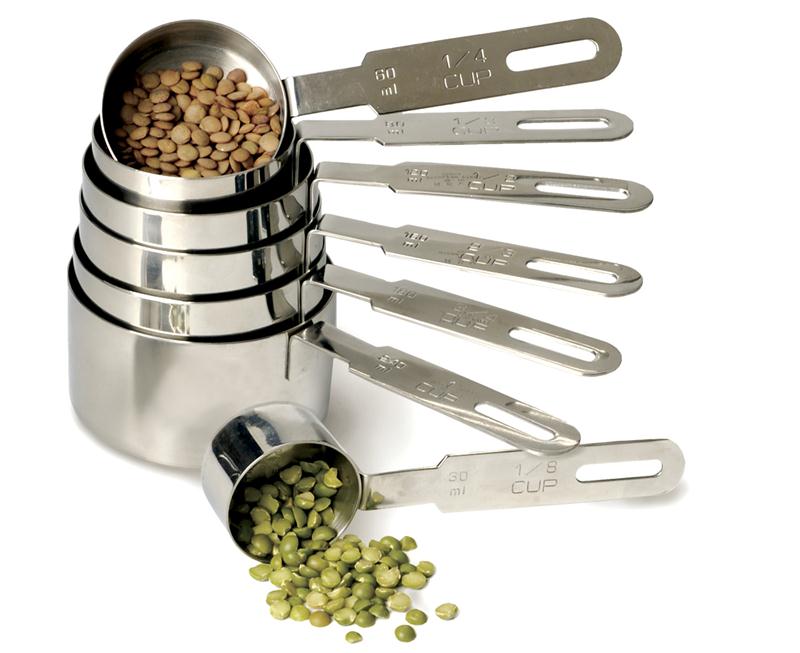
Making The Kombucha
Once you have your SCOBY, boil a gallon of water with a cup of cane or beet sugar (we prefer cane) and five bags of black or green tea; you can replace one of these with an herbal teabag for flavor if desired. Most of the sugar will be consumed by the SCOBY, leaving your kombucha fairly low calorie as compared to sweetened teas or sodas.
Put a lid on the tea and cool to room temperature, then pour into a clean gallon jar or crock.
Wash your hands, add the SCOBY and a little finished kombucha and cover with a clean towel. Secure the towel with a rubber band to hold it in place and keep out insects and dust. Do not use a screw-on lid, as the culture needs oxygen. Store in a warm, dark place.
After 5-9 days, depending on the temperature of your kitchen and your taste preferences, your kombucha will be ready. The pH should be between 2.5 and 4.6, and the finished kombucha is naturally carbonated. Pour out the liquid, reserving enough to keep the SCOBY covered. You’ll use a bit of that liquid and the SCOBY to start your next batch.
Strain the finished kombucha to remove any floating filaments. We like to add about two cups of homemade grape juice; the result is reminiscent of grape soda. Any pure fruit juice would work. Store in a glass bottle or jar in the refrigerator. Chill and enjoy!

Good Things To Know:
The SCOBY can be reused indefinitely as long as it doesn’t get moldy. If this happens, discard it and start over. (This has only happened to me once, when I forgot to add sugar to the tea.)
A SCOBY is pretty low-maintenance, but if you want to take a break, you can keep it floating in a small amount of finished kombucha in the refrigerator for a couple of weeks. Better yet, share your extras with friends so you can get a new one back when needed.
To learn more about making kombucha, see Nourishing Traditions by Sally Fallon and The Art of Fermentation by Sandor Katz.
Lisa Amstutz is a freelance writer and editor. She lives on a six-acre hobby farm with her husband, four children and menagerie of farm animals. Lisa is co-author of Local Choices and author of seven nonfiction picture books.

